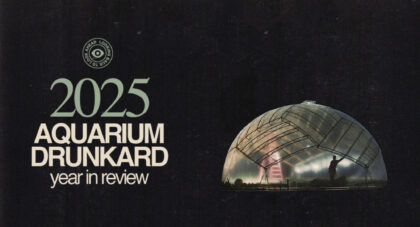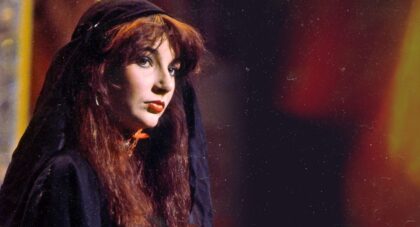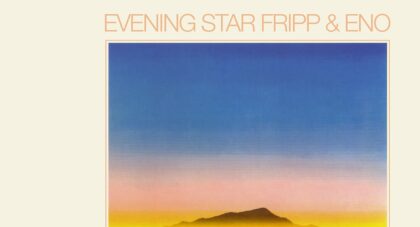(Welcome to Videodrome. A monthly column plumbing the depths of vintage underground cinema – from cult, exploitation, trash and grindhouse to sci-fi, horror, noir and beyond.)
Oscar season is a good time to appreciate the few remaining directorial titans in American cinema, and at the top of that list is Quentin Tarantino. There is a reason no modern filmmaker is more scrutinized than Tarantino, and it’s not just his penchant for saying things that piss people off. The auteur has commanded the movie-going public’s attention for 25 years, through his directorial efforts on eight feature length films. And despite some dabbling in other forms of show business, he is first and foremost a director of cinematic art - there is a distinctness to everything he makes. A Tarantino film is an event, a project, a total composition, rather than just a piece of throwaway entertainment.
You get the sense that not an inch of film strip is wasted in his movies. From contrived dialogue to deliberate camera angles and lightly veiled homages to other works, his films are visual and intellectual affairs that challenge the viewer to think, remember and wonder, while simultaneously inducing visceral reactions (see: the adrenaline shot in Pulp Fiction or the basement scene in Inglourious Basterds). A big part of why he’s successful is his diverse inspiration. At root, each of his films is a throwback to a bygone era. They are shot with an eye for the big screen (The Hateful Eight was shot on 70 mm film), and always feature a mix of camp and spectacle appropriate to the grindhouse genre of the 1970s.
This was the era when everything suddenly became a race to show the most gore, most sex, most absurd dialog, most exploding sacks of desiccated goopy organ slop on celluloid. Movies were being served up for double feature drive-in audiences of college kids and creeps on the societal fringes, chum for junkies and runaways splayed out raw in broken down cities where unemployment ran high. After all, the economy was in the shitter, pollution choked city skies, the war in Vietnam turned to a bloody quagmire, the counter culture hippies lost their idealism and turned to outlaw violence to confront their boredom–or just went to college–crime rates surged, terrorist bombings became commonplace, and urban fashions went dark, saturated and disheveled. Our movie heroes became a reflection of who we were, and we were in an angry, cynical funk.
The grindhouse movement was an economic trend at root, as producers figured out that it cost less to shoot fast and cheap, filling each production with raunchy and controversial imagery and subject matter. Ironically, Tarantino later took these bargain-basement guerrilla tactics and gave them the budgets and artistic eye they never had in their heyday. And that in essence is the secret sauce to his renowned filmmaking style. Granted, if you aren’t feeling the approach itself, the movies get old fast. But here are five that made a lasting imprint.
Charley Varrick (1973) - 1973’s Charley Varrick is a movie that is years before its time. The elements of surprise are plentiful and best encapsulated in a twist ending that 20 years later became a common movie gimmick. But the biggest shocker is Walter Mathau as a gum smacking, low-key criminal badass who looks like an even keeled plumber but plots robberies that would make Heath Ledger’s joker take notes.
I’m too young to know what Mathau’s contemporary reputation was around the time he made this movie, but I remember the guy as part of the Odd Couple and Grumpy Old Men. A cranky old bastard with a goofy look on his jowled face, waddling around in perpetual search for a toilet. Charley Varrick is not that Mathau. This Mathau faces down dangerous mafia thugs, talks slick, beds beautiful women, and plays a game of high stakes chess with both law enforcement and a global criminal syndicate. This Mathau is a Kaiser Soze-esque plotter with a bigger heart.
Directed by Don Siegel, a legend in his own right whose resume includes Dirty Harry and Invasion of the Body Snatchers, Varrick gives you some of the grit and darkness of the era. But you also feel a bit of humor and hope. The “Ah-Ha” moment toward the end will have you thinking back to earlier scenes. Clearly Pulp Fiction and Reservoir Dogs owe a little something to this one. Also, Joe Don Baker’s turn as a gentlemanly mob killer is noteworthy.
Only the good shit. Aquarium Drunkard is powered by its patrons. Keep the servers humming and help us continue doing it by pledging your support.
To continue reading, become a member or log in.


